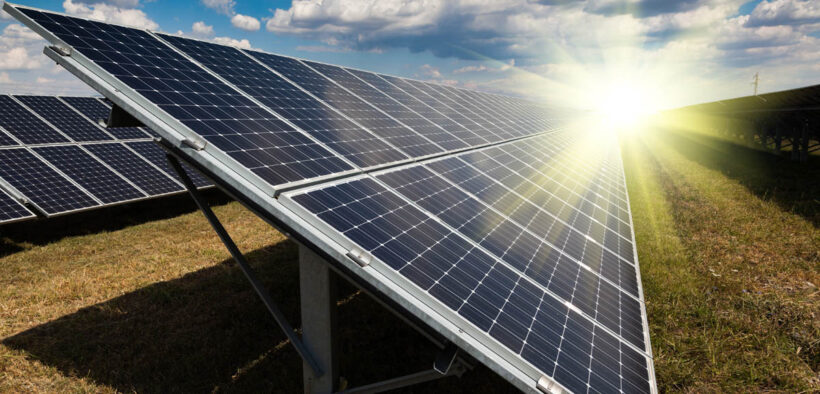Puerto Rico’s renewable goals face political roadblocks

Puerto Rico’s territorial political status restricts the island’s ability to transition to renewable energy and meet its climate mitigation goals, a new study found.
Political status and the authority of the Financial Oversight and Management Board for Puerto Rico (FOMB) create a structural barrier that impedes timely, locally responsive implementation of a renewable portfolio standard (RPS), according to “Climate Action in Islanded Jurisdictions: A Comparative Case Study of Renewable Portfolio Standards in Puerto Rico and Hawaii,” which will be published this month in the November issue of Energy Strategy Reviews on the ScienceDirect peer-reviewed journal platform.
An RPS is a policy tool that governments use to transition their electricity portfolios to renewable sources by a set year. It usually includes a target percentage of energy generation from renewable sources and a deadline to achieve the target percentage. Some RPS policies include multiple targets, progressively increasing toward 100% renewable energy generation.
While Hawaii maintains a series of intermediate targets through 2045, Puerto Rico recently enacted Act 1 of 2025, repealing the intermediate targets set in the initial legislation, leaving in place only the 100% renewable energy goal by 2050.
RPS targets of Hawaii and Puerto Rico
The study tested the hypothesis that, after accounting for geography, climate risk and economic capacity, Puerto Rico’s territorial status is the decisive constraint on RPS implementation, finding that despite Puerto Rico’s higher poverty rate, greater exposure to weather extremes and pre-existing infrastructure conditions, the key distinction between the two jurisdictions lies in political status.
As a state, Hawaii can dynamically respond to RPS implementation challenges through state legislation and administrative rulemaking, while Puerto Rico must undergo additional bureaucratic layers through the FOMB. Whereas Hawaii can independently determine how best to structure incentive programs, Puerto Rico is in the middle of a year-long legal challenge to do the same, the study found.
The impact of this difference is demonstrated through the example in Puerto Rico of the congressionally created FOMB vetoing key legislation passed by Puerto Rico to achieve its goals, the study authors noted.
Puerto Rico’s political status, which undermines its capacity for effective self-governance, and the authority of the FOMB are unlikely to change, requiring greater effort for effective RPS implementation and likely resulting in slower progress than in jurisdictions with full state sovereignty like Hawaii, the study concluded.
| Hawaii | Puerto Rico |
|---|---|
| Act 97 of 2015 | Act 17 of 2019 |
| 10% by 2015 | 40% by 2025 |
| 30% by 2020 | Coal phaseout by 2028 |
| 40% by 2030 | 60% by 2040 |
| 70% by 2040 | 100% by 2050 |
| 100% by 2045 | N/A |
Hawaii versus Puerto Rico
Hawaii’s transition to 100% renewable energy has been fueled by substantial investments from federal, state and private sources over the past four decades. In 2024, federal investments reached $72.8 million in clean energy initiatives, with an additional $296 million in funding applications in progress, including $70 million for home electrification and appliance rebate programs.
Hawaii’s Grid Resilience and Innovation Partnerships (GRIP) program contributed $17.9 million.
Puerto Rico has an outdated energy system that is heavily reliant on imported fossil fuels and prone to outages. In response to long-standing reliability issues and the urgent need for a clean energy transition, the island’s legislature passed Act 17 in 2019, declaring the government’s goal of 100% renewable energy by 2050.
Act 17 originally established a set of interim milestones, but in early 2025, Act 1 removed them and delayed the coal phaseout target from 2028 to 2032.
The study was authored by Ryan Brenner, Matthias Fitzky, Kim Hertz, Tu Lan, Vivaldi Rinaldi, Abhiram Vadali and Masoud Ghandehari of the New York University Tandon School of Engineering.




